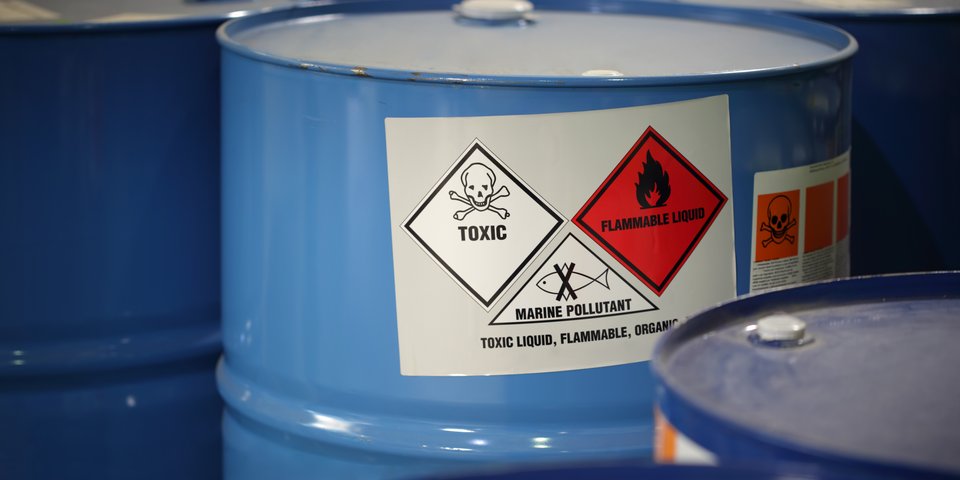 iStockphoto/tunart
iStockphoto/tunartRevision of the Asbestos Directive in trialogue
Better protection of workers from exposure to asbestos hazards
MB/UV – 06/2023
The Employment, Social Policy, Health and
Consumer Affairs Council (EPSCO) reported on 12 June on the status of the revision of the Asbestos Directive following trialogue negotiations on 11 May and
7 June. Further talks took place on 15 June as the ideas of the European
Parliament could not yet be brought into line with the approaches of the
European Commission and the Council.
What does the European Parliament want?
The European Parliament adopted its position on
10 May. The core demands of the Members of Parliament (MEPs) go far beyond the
proposal of the European Commission: The MEPs demand compliance with a maximum
allowable concentration of 0.001 fibres/cm³, which is to be measured by means
of electron microscopy over a period of eight hours as a shift average. The
strict exposure limit should already apply after a four-year transition period;
until then, the exposure limit of 0.01 fibres/cm³ proposed by the European
Commission would apply. In this transitional phase, the exposure could continue
to be measured with the currently used phase-contrast microscopy in order to
implement the more modern technology in the meantime.
In addition, the European Parliament would like
to see a general increase in awareness in dealing with asbestos (e.g.
obligatory decontamination procedures, reporting obligations, better training
in handling the hazardous substance). To this end, guidelines in cooperation
with the social partners on the implementation of the directive would be
important.
What does the Council want?
December last year, the Council of the European
Union endorsed the proposal of the European Commission and a reduction of 0.01 fibres/cm³ and the use of modern electron microscopy. The
Council also supports the transitional period of seven years to allow Member
States sufficient time to introduce the new measurement method.
The compromise is being worked on
In the meantime, there are signs that the
negotiating partners could reach an agreement on some issues in the near
future, for instance in the definition and scope of the directive. This could also cover fibres comparable to asbestos and passive or secondary exposure.
However,
no agreement has yet been reached on the core aspects of the dispute (level of
the exposure limit value, measurement method and transition period). The Swedish Council Presidency, however,
continues to try to bring the trialogue l to a timely conclusion. Therefore,
another hearing date is scheduled for as early as 27 June.
The German Social Insurance (DSV) had
positioned itself by passing an opinion on the draft directive in January.
